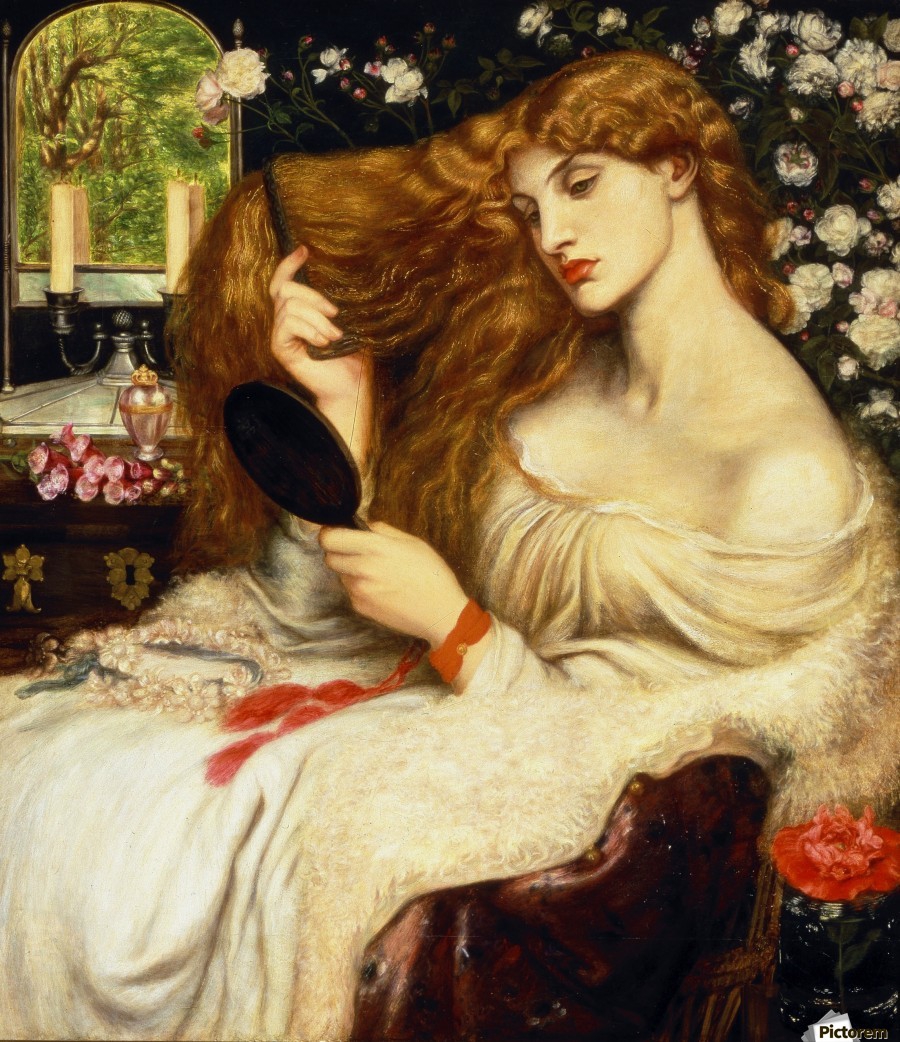The visual conception of the stage director Filippo Tonon is based on the aesthetics of the Middle Ages, but refracted through the look of the creator from the Romantic period. In the time in which Giuseppe Verdi lived, in not far off England was developing the exceptionally exquisite art of the Pre-Raphaelites. The Pre-Raphaelite Brotherhood was a group of artists and poets, who imposed aesthetics of their own from the middle of the XIX century. The grounds of the current were set by William Holman Hunt, John Everett Millais and Dante Gabriel Rossetti, and among the most manifested followers were William Michael Rossetti, James Collinson, Frederic George Stephens, Thomas Woolner, John Ruskin, William Morris, Edward Burne-Jones, Ford Madox Brown, John Collier, and, of course, John William Waterhouse.
Their paintings are inexhaustible inspiration for Tonon and Cristina Aceti, who strive to recreate the stage scenes with the strong visual suggestion of this kind of aesthetics.
The Pre-Raphaelites were united by their inclination towards the art of the Middle Ages and more specially by the predecessors of Raffaello Sanzio. The Pre-Raphaelites strived their style to come near to the detailed, saturated with colours and complex compositions from the period of the Italian Trecento and Quattrocento, of the German Nazarene and the Flemish painters, and also of the painters of the Italian Renaissance like Botticelli. They rejected a series of methods, which they considered to be a mechanistic approach, adopted most of all by the mannerists, who appeared after Raphael and Michelangelo (hence the name Pre-Raphaelites). The conception that Raphael’s classical poses and elegant compositions had exercised a corrupted influence on the academical teaching of art defined the counterpoint of the new searches and their essence. This school found reflection also in the painting, the architecture and the applied arts.
Many research-workers consider that this was the first vanguard movement in art, although actually these artists continued the conceptions of the historical painting and mimesis of nature as main subject in art. They, however, were bearers of another experience and lived in another age. These factors reflected into their works by attributing to them a not typical for the Middle Ages aspect, but a new and absolutely unknown one. The Pre-Raphaelites undoubtedly determined themselves as reform movement, created the distinctive name for their art and issued the magazine “The Germ”, in order to popularize their ideas.

